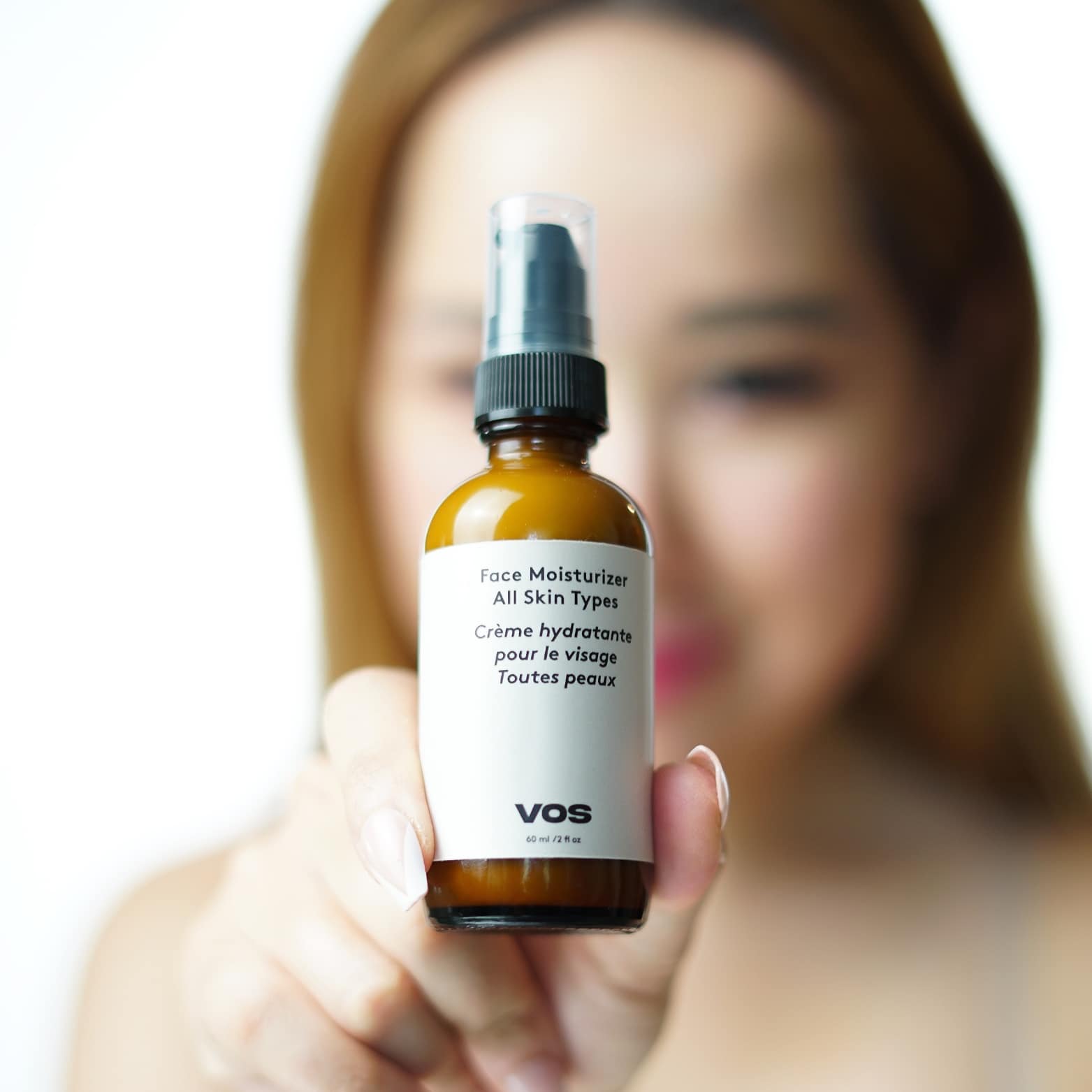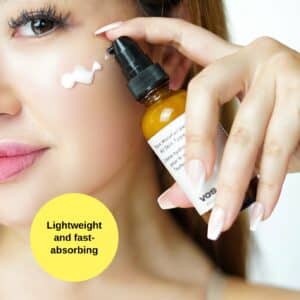Maintaining a consistent skincare routine is essential for healthy skin, but even well-intentioned habits can cause problems. Among the most common pitfalls are mistakes related to applying face moisturizer. These errors can compromise your skin’s health, texture, and overall appearance. Understanding how to avoid these issues ensures your skincare products work effectively, helping you achieve balanced, hydrated skin.
Why Proper Moisturizer Use Matters
Moisturizer acts as a barrier, sealing hydration into the skin while protecting it from environmental damage. When applied incorrectly, moisturizer can clog pores, lead to breakouts, or leave the skin feeling dry and tight. Recognizing the correct techniques and products suited to your skin type is key to a successful skincare regimen.
Face Moisturizer Mistakes That Could Harm Your Skincare Routine
Using the Wrong Type of Moisturizer
Not all moisturizers are created equal. Selecting a product unsuited to your skin type is a frequent error. For example, someone with oily skin might use a heavy cream intended for dry skin, leading to clogged pores and excess oil production. On the other hand, a person with dry skin who chooses a lightweight lotion may not get sufficient hydration.
Solution:
Identify your skin type—whether dry, oily, combination, sensitive, or normal—and choose a product formulated for those specific needs. Consult with a dermatologist if you’re unsure about your skin type.
Applying Too Much Product
It’s a common misconception that using more moisturizer will yield better results. Over-application can overwhelm the skin, leading to clogged pores and an unwanted greasy feeling.
Solution:
Use a pea-sized amount for the entire face. Gently massage it into your skin using upward strokes. This approach ensures even coverage without suffocating your pores.

Skipping Moisturizer Because of Oily Skin
Some individuals with oily skin believe they should avoid moisturizer altogether, fearing it will make their skin oilier. However, skipping this step can exacerbate oil production, as the skin attempts to compensate for dehydration.
Solution:
Opt for oil-free, non-comedogenic moisturizers that hydrate without adding excess oil. Ingredients like hyaluronic acid offer hydration without heaviness.
Not Applying Moisturizer on Damp Skin
Moisturizer is most effective when applied to slightly damp skin, as it helps to lock in moisture. Applying it on completely dry skin reduces its ability to trap hydration.
Solution:
After cleansing, pat your skin gently with a towel but leave it slightly damp. Apply your moisturizer within a few minutes to maximize absorption.
Ignoring the Neck and Jawline
Many focus solely on the face, neglecting the neck and jawline. This can lead to an uneven skin appearance, as these areas also require hydration and protection.
Solution:
Extend your moisturizing routine beyond your chin, covering your neck and jawline to maintain a uniform texture and prevent premature aging.

Rubbing the Product Harshly
Aggressively rubbing moisturizer into the skin can cause irritation, inflammation, and even micro-tears in sensitive areas.
Solution:
Apply the product using gentle, upward strokes or by lightly pressing it into the skin. This method reduces irritation and encourages better absorption.
Layering Products Incorrectly
When layering skincare products, applying moisturizer at the wrong stage can diminish its effectiveness. Moisturizer should generally be one of the final steps, sealing in the benefits of serums and treatments applied beforehand.
Solution:
Follow the basic skincare order: cleanser, toner (if used), serum, eye cream, moisturizer, and then sunscreen (during the day).
Using Expired or Contaminated Products
Expired products lose their effectiveness and can harbor bacteria, which may cause irritation or breakouts.
Solution:
Check expiration dates and shelf life indicators. If a product changes in color, smell, or texture, it’s best to replace it. Always use clean hands or a spatula to avoid contaminating the jar.
Not Adjusting Moisturizer for Seasonal Changes
Your skin’s needs vary with the seasons. A moisturizer that works well in summer may not provide adequate protection in winter.
Solution:
Switch to richer, more emollient moisturizers during colder months, and lighter, gel-based options in warmer weather to accommodate your skin’s changing requirements.
Neglecting Sun Protection
Moisturizers without SPF leave your skin vulnerable to UV damage, accelerating aging and increasing the risk of skin cancer.
Solution:
Use a moisturizer that includes broad-spectrum SPF 30 or higher during the day, or layer a dedicated sunscreen on top of your morning moisturizer.
How to Choose the Right Moisturizer for Your Skin
Finding the right face moisturizer is crucial to prevent mistakes that could harm your skincare routine. Here are some important factors to consider:
Ingredients to Look For
- Hyaluronic Acid: Draws moisture into the skin.
- Ceramides: Strengthen the skin’s natural barrier.
- Glycerin: Attracts and retains moisture.
- Niacinamide: Improves elasticity and enhances skin texture.
Ingredients to Avoid (Depending on Your Skin Type)
- Alcohol: Can dry out sensitive or dry skin.
- Fragrance: May irritate sensitive skin.
- Heavy oils: Unsuitable for oily or acne-prone skin types.
Texture and Formulation
- Gel Moisturizers: Best for oily and combination skin.
- Lotions: Suitable for normal and combination skin.
- Creams: Ideal for dry and sensitive skin.

Understanding your skin’s specific needs helps in selecting a product that supports rather than undermines your skincare efforts.
Practical Tips for Moisturizing Effectively
Be Consistent
Apply moisturizer twice daily, morning and evening, to maintain hydration levels. Consistency is key to seeing long-term benefits.
Customize Based on Skin Concerns
If your skin is dealing with issues such as acne, redness, or aging, choose a moisturizer that addresses those concerns in addition to providing hydration.
Listen to Your Skin
Changes in climate, diet, stress levels, and health can all affect your skin’s needs. Be willing to adjust your moisturizing routine accordingly.
Conclusion
Avoiding face moisturizer mistakes is essential for maintaining a healthy, effective skincare routine. From choosing the correct formula to applying it properly, every step matters. By understanding the common pitfalls and how to prevent them, you enhance your skin’s ability to stay hydrated, protected, and balanced.
By paying attention to how you moisturize, you can strengthen your skincare routine and enjoy healthier, more resilient skin for the long term.







